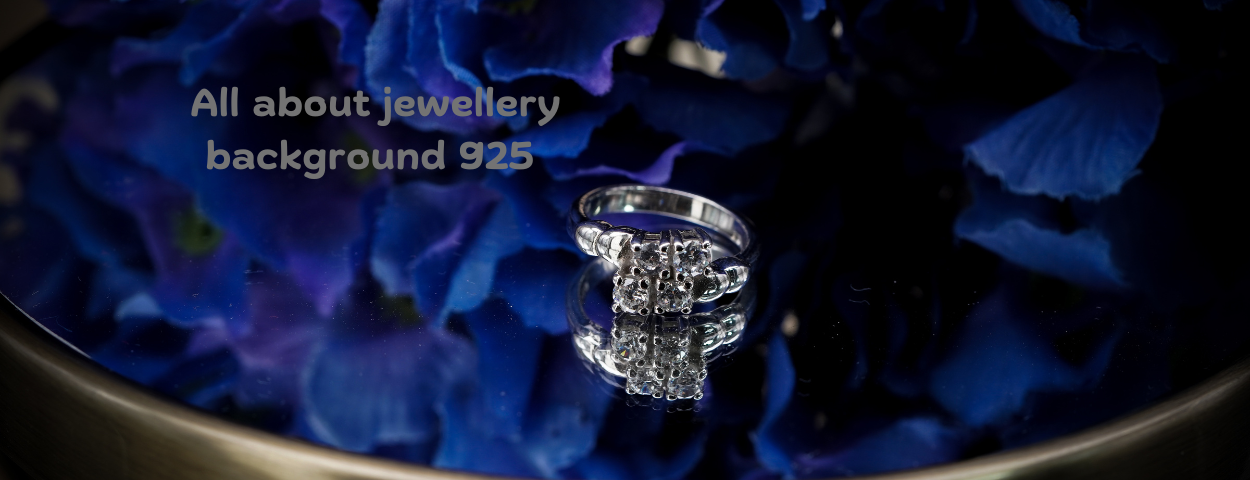In today’s world, the demand for luxury items like gemstones continues to soar, with people investing in precious stones both for their aesthetic appeal and for their long-term value. However, purchasing a gemstone is not as simple as picking one based on color or size. To ensure that you’re getting the real deal, authenticity is paramount, and this is where gemstone certification comes into play. Certification offers peace of mind, confirming that the gem you are purchasing is real, natural, and accurately graded.
In this article, we will delve into the major certification bodies, how to read certificates, the importance of certification, and the price implications of owning certified gemstones.
Major Gemstone Certification Bodies
When purchasing a gemstone, it’s crucial to ensure that it has been evaluated and authenticated by a trusted certification body. These organizations are renowned for their expertise in grading and certifying gemstones, and their reputation plays a significant role in the gemstone industry. Let’s take a look at some of the most prominent gemstone certification bodies
- GIA (Gemological Institute of America)
The GIA is perhaps the most well-known and respected authority in gem grading. Founded in 1931, the GIA developed the 4Cs grading system (Color, Clarity, Cut, and Carat weight) for diamonds, which is now a universal standard. They also certify a wide range of other gemstones, including sapphires, rubies, and emeralds. A GIA certificate ensures that the gemstone has been rigorously analyzed and accurately described, offering buyers confidence in their purchase.
- IGI (International Gemological Institute)
The IGI is another leading organization in the field of gem certification. Established in 1975, IGI has grown to become a global authority with laboratories in various countries. Their reports cover diamonds, colored gemstones, and jewelry, and they are known for providing detailed and reliable information. IGI certifies gemstones for both their authenticity and quality, making them a trusted name in the market.
- AGS (American Gem Society)
The AGS is a nonprofit organization that focuses on the ethical standards of the jewelry industry, as well as on accurate gem grading. Established in 1934, the AGS also uses the 4Cs grading system but emphasizes the importance of cut in determining a gemstone’s quality. Their reports are highly regarded in the United States, and AGS-certified stones are considered a safe investment.
- HRD Antwerp (Hoge Raad voor Diamant)
HRD Antwerp is Europe’s leading authority in diamond certification and grading, established in 1973. Known for their rigorous standards, HRD provides detailed reports for diamonds and other precious stones, including sapphires and rubies. HRD certification is recognized worldwide and is highly trusted within the gemstone industry.
- EGL (European Gemological Laboratory)
The EGL is another prominent certification body, especially known for certifying diamonds. They have laboratories in several locations globally and provide comprehensive reports on gemstones. Although there has been some controversy regarding their grading standards, particularly in comparison to GIA and AGS, EGL remains a popular choice, often offering more affordable certification.
Reading Gemstone Certificates
Understanding how to read a gemstone certificate is essential for anyone looking to make an informed purchase. Each certificate provides detailed information about the gemstone’s characteristics, such as its authenticity, gem grading, and whether it has undergone any treatments. While the format may vary slightly between certification bodies, the key information remains consistent.
Key Elements of a Gemstone Certificate
- Identification Number – Each certified gemstone comes with a unique identification number that can be used to reference the stone in the issuing laboratory’s database.
- Type of Gemstone – The certificate will specify the type of gemstone (e.g., diamond, sapphire, ruby), confirming its authenticity.
- Carat Weight – The weight of the gemstone is measured in carats, which directly affects its value.
- Color Grade – For colored gems, the color grade is one of the most important aspects. It describes the hue, tone, and saturation of the stone. For diamonds, the color grade ranges from D (colorless) to Z (light yellow or brown).
- Clarity Grade – Clarity refers to the presence of internal or external imperfections, known as inclusions and blemishes. The fewer the imperfections, the higher the clarity grade, and thus the more valuable the gemstone.
- Cut Grade – This grade determines how well the gemstone has been cut. A well-cut stone will reflect light beautifully, enhancing its brilliance.
- Treatments – Many gemstones undergo treatments, such as heat treatment or oiling, to enhance their appearance. The certificate will indicate whether any treatments have been applied to the stone.
- Origin – Some certificates will also specify the origin of the gemstone, which can significantly impact its value. For instance, sapphires from Kashmir or rubies from Burma are highly sought after.
By carefully reviewing these details, you can ensure that the gemstone you’re purchasing meets your expectations for quality and value.
Importance of Gemstone Certification
Gemstone certification is essential for several reasons, and understanding its importance can help you make a secure and informed investment.
- Guarantees Authenticity
A certified gemstone guarantees that you are getting a real, natural stone, rather than a synthetic or imitation gem. With the rise of lab-grown diamonds and treated gemstones, it’s more important than ever to have a certificate confirming that the stone you’re buying is genuine.
- Provides Objective Grading
Certification bodies like the GIA, IGI, or AGS provide an objective and unbiased evaluation of a gemstone’s characteristics. This ensures that the stone is being graded fairly, based on industry standards, rather than a jeweler’s subjective opinion.
- Increases Transparency
Having a certified gemstone increases transparency in the transaction. You know exactly what you’re buying, including any treatments or enhancements the gem has undergone, which is crucial when determining its value.
- Aids in Resale
A certificate adds significant value if you ever decide to sell your gemstone. Buyers are much more likely to trust and pay a premium for a certified stone, as certification provides proof of its quality and authenticity.
Price Implications of Certified Gemstones
The price of a gemstone is heavily influenced by whether it is certified. Certified gemstones tend to be more expensive than uncertified ones, but this price increase is justified by the assurance of authenticity and the detailed grading information provided.
- Higher Resale Value
Certified gemstones typically have a higher resale value. This is because potential buyers can trust the grading information and authenticity provided by the certification. In contrast, uncertified stones may be harder to sell and will often fetch a lower price.
- Upfront Costs
While certified gemstones often come with a higher upfront cost, this cost is worth it in the long run, as you’re investing in a stone whose quality is guaranteed. The cost of certification itself is generally included in the price, and this adds value to the gemstone.
- Market Trust
Certification increases trust in the marketplace. Jewelers are more likely to offer better prices for certified gemstones because the risk of misrepresentation is eliminated.
Conclusion
When it comes to purchasing gemstones, certification is not just a luxury—it’s a necessity. It ensures that the gemstone you’re buying is real, accurately graded, and worth the price you’re paying. With respected certification bodies like the GIA, IGI, AGS, and HRD Antwerp providing expert evaluations, buyers can confidently invest in stones that will hold their value over time. Whether you’re buying for personal enjoyment or as an investment, always insist on a certified gemstone to ensure authenticity and quality.









